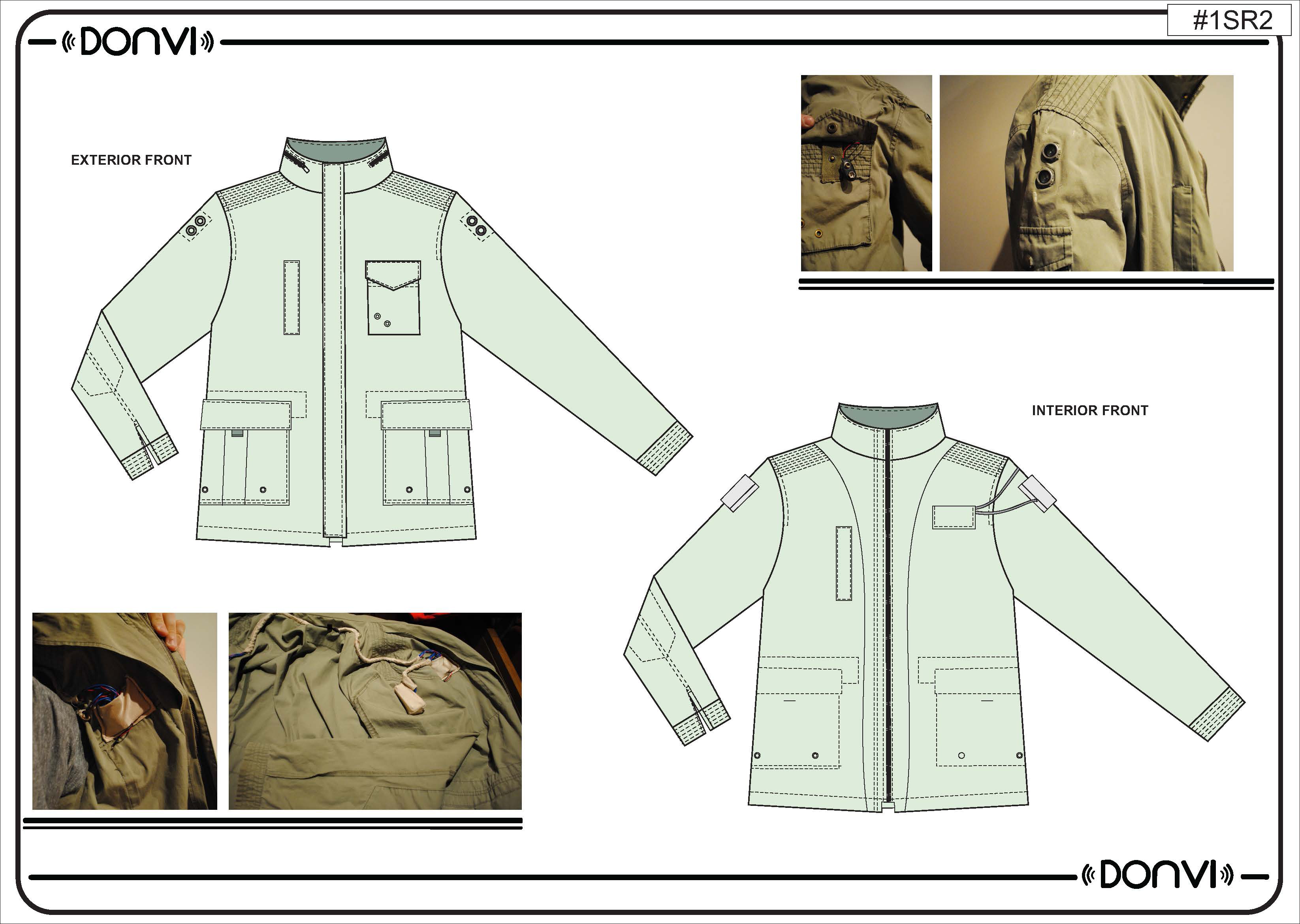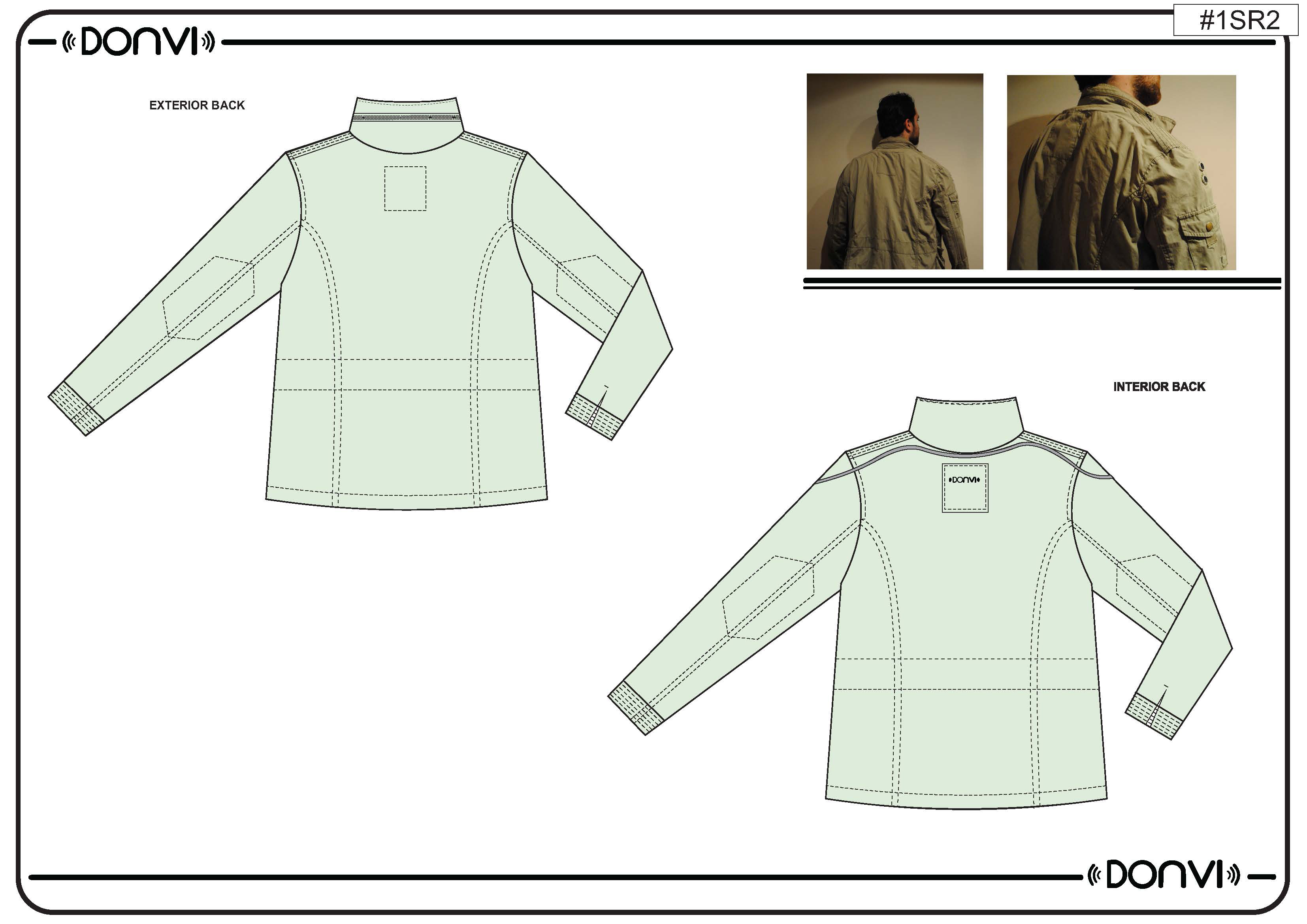Donvi
Reshape'15 | DONVI
Project Description
Project Detail
D.O.N.V.I.
Detector de Obstáculos para No Videntes
Obstacle Detector for Blind People
A Little of History
This project started from something similar to a Hackathon, where a group of students and enthusiasts met to create projects related to wearable technology. The first idea was to develop a device that could help blind people to move with confidence, whether on the street or at home. This idea came to us, because we work with foundations of disabled people, and we wanted to help them. The final idea after a brainstorming was to sense the distance to nearby objects and tell the user where are them. This device does not replace the cane, but complements it to increase the user relation with the environment, giving a new way to interact with objects and people around.
Early Discussions
The first challenge was to set a way of communication from the device to the user, without being annoying in any situation. For example, sound signals, by earphones, could block the user from hearing people talking. We decided to use vibratory signals, because this is a silent and disassembled way of communication to the user.
Technology
For distance sensing, ultrasonic distance sensors are used. The vibrating component is a button sized motor with an unbalanced weight an Arduino micro-controller is used for easy programing as all the components were designed for that platform. There are two distance sensors and two vibrators, one of each in both shoulders. None of the components are expensive, making the device being cheap, so its affordable and accessible to anyone who needs it.
Operation
The basic operation of the device, is to give the user a vibratory signal in a localized zone (for example, left shoulder) indicating the user a nearby object is on the left side, and the vibration gets stronger as the user gets closer to it, so the device also indicates approximately how far it is, by changing the signal strength. There are certain situations where the device would not work properly, like walking in a crowded area, so the device can be turned off easily by the user.
First Try
For a first prototype, the device has been mounted on a regular jacket, but it can be mounted in many clothes, such as shirts, coats, or any clothing that covers shoulders. Connections between components have been made with copper wire, but in a final product, conductive yarn will be used to increase comfort of clothing. The mounting of the components in the clothing is designed, so the user can put the device in a washing machine without getting the electronics in contact with water. The battery clip is in the chest pocket, easy to reach by the user.
Thinking about the future
The housings that covers the electronic components are made by FDM 3D printers in ABS, making them resistant and durable. The design had been thought to manufacture them by plastic injection molding having departure angle and considering contractions. The device could be expanded to add functionalities, for example, a Bluetooth module may be added to connect to a cell phone and add functions to the device, guiding the user to reach somewhere using the phone GPS module, and the vibrators as guiders.



